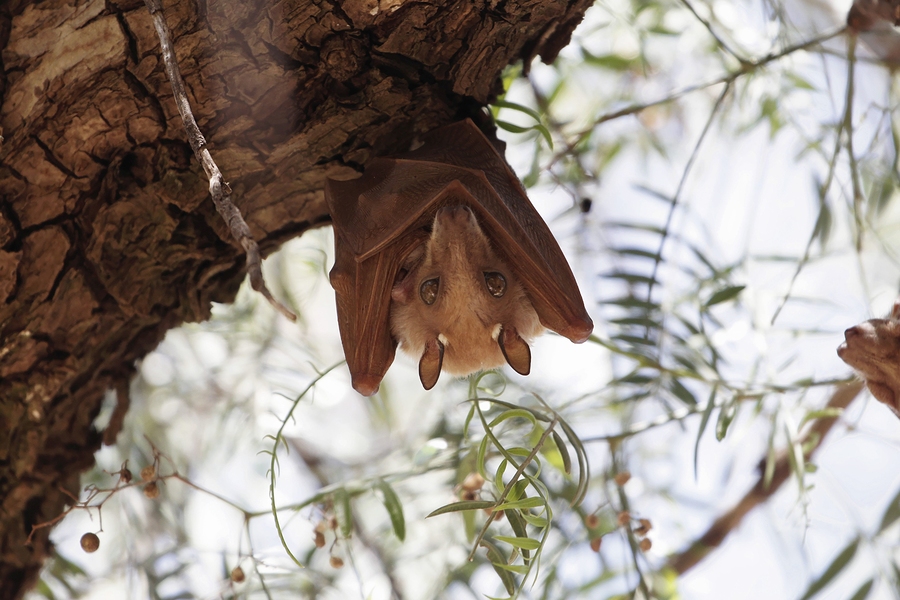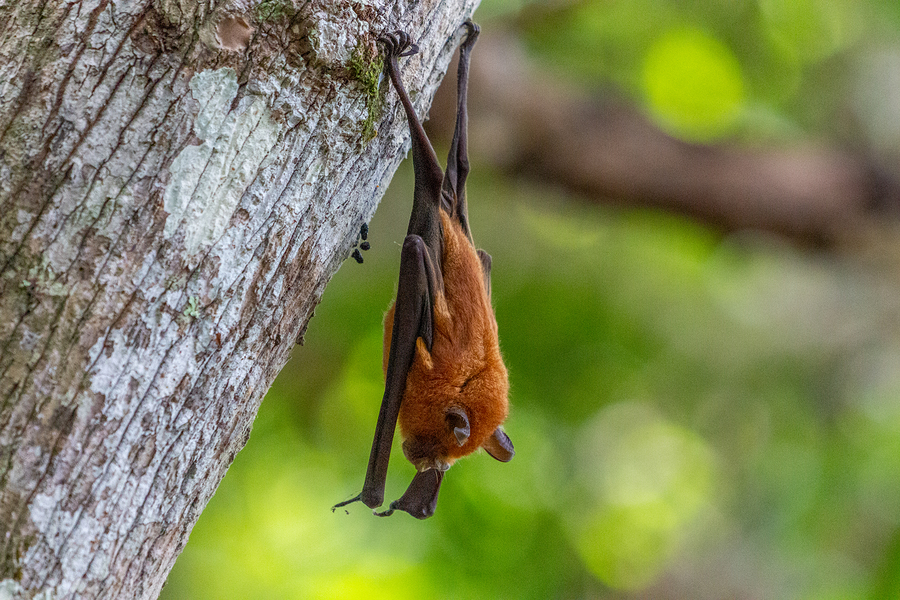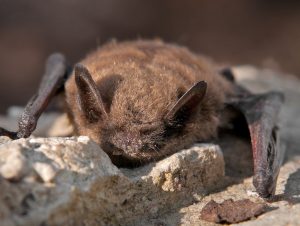Bats are one of the most amazing mammals in the world! For instance, did you know that bats are the ONLY mammal on the entire planet that can fly? Sure, there are “flying” squirrels and other mammals that mimic flying; but these species are really just floating, drifting, gliding, or soaring with wind currents. Bats are the only mammals that are capable of true flight. But interesting facts like this is not the only reason why so many people like us love bats so much. There is plenty more they offer that makes them a magnificent and valuable species!
Continue reading to learn why you should love bats too!

Bats are Ecologically Important
Bats play a vital role in our surrounding Eco-system, and in countless more across the globe. They contribute to our local economies in various aspects, and even make our outdoor living environments a much nicer place to be. Here is why:
Bats are Excellent Pest Control
Have you ever noticed how comfortable your backyard can be when enjoying the nice, evening air? That is partly due to the colonies of bats living nearby. A single bat can consume more than one thousand flying insects, such as mosquitoes and gnats. And since bats are not solitary mammals, you can expect hundreds of bats darting and diving for insects all night long. That is an incredible amount of pest control, and all for free!
Bats Pollinate Our Crops and Gardens
Just like many other types of animals and insects, bats too help distribute pollen and other rich organic matter, which in turn provides a significant contribution to our local crops and gardens. It also makes our landscaping full and healthy, every spring and summer. This pattern of pollination also positively impacts our local economies in many ways.
Bats Stimulate Our Local Economies
Because bats are great a pollination and pest control, our crops and yields are much better in quality, nutrition, and appearance. This, in turn, helps local farmers and harvesters sell their goods and keep healthy, local foods in their community. It also creates jobs since more help is needed to farm and distribute annual crops.
Bats are So So Cute!
Have you ever seen a picture of a furry Little Brown bat? They are very adorable, especially as pups. How can you not love bats for this reason? If you do some more research, you will find thousands of species, all in a wide array of colors, wingspans, sizes, and unique attributes!
Solutions for Nuisance Bats
Of course, bats can also be a nuisance, even though they don’t mean to be. When land over-development and other contributions affect bats natural habitats, they tend to look for shelter anywhere they can. In many cases, this is our homes and buildings. But never worry! You can hire a licensed Kentucky bat removal and control company for safe and non-lethal abatement services at an affordable price.
Licensed Bat Removal and Control in Louisville, Kentucky
Call 502-553-7622 to speak a licensed professional regarding bat removal services in Louisville, Kentucky. Our DNR licensed and insured wildlife control experts also offer a wide range of residential and commercial bat cleanup and damage restoration services, including decontamination, fumigation, structural damage repair, preventative maintenance, post checkups, and more. We may also be able to provide bat damage insurance claim work depending on your particular policy and carrier.






